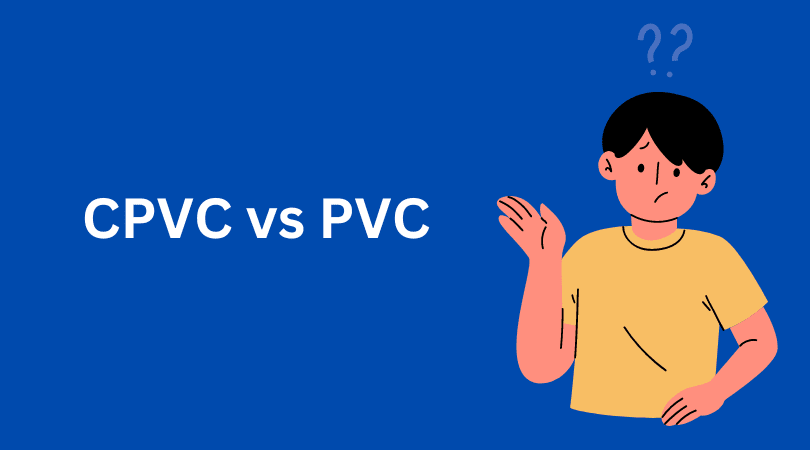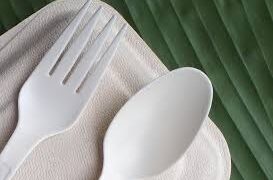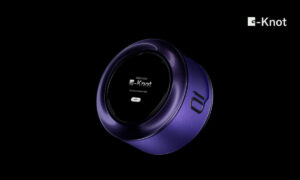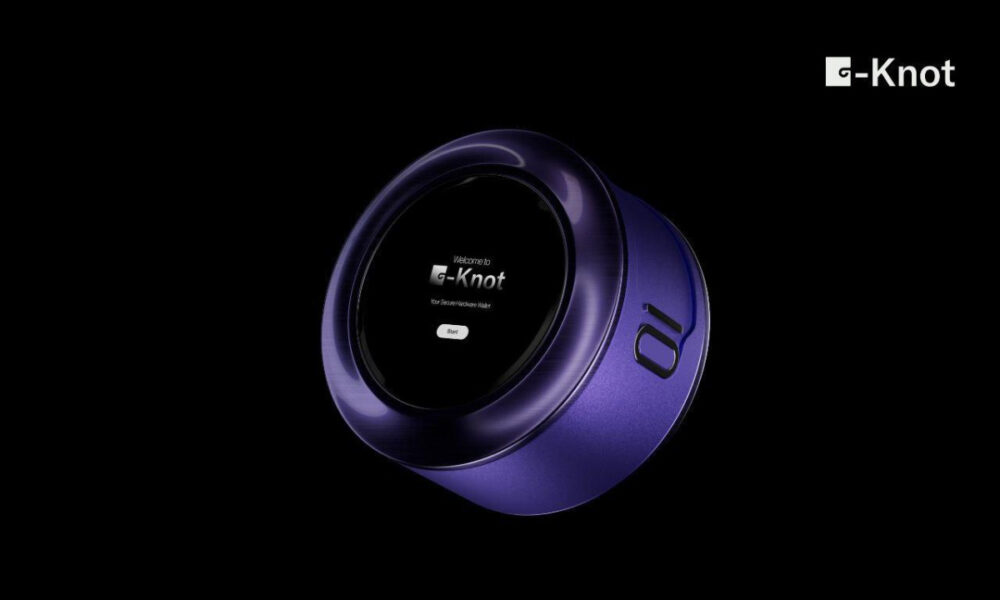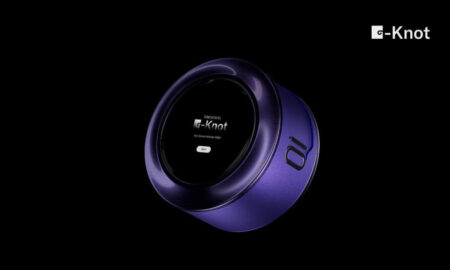CPVC (Chlorinated Polyvinyl chloride) is a thermoplastic produced by the chlorination of polyvinyl chloride (PVC) resin. CPVC shares many of the same properties as PVC but is significantly more chlorine-resistant. It can be used in temperatures up to 200°F (93°C). CPVC is produced in two grades, depending on the level of chlorination: Type I, with a minimum of 66% chlorine, and Type II, with a minimum of 71% chlorine. Both types are used in piping applications.
CPVC vs PVC is used in a variety of piping applications, including hot and cold water plumbing, sprinkler systems, and chemical transportation.
It is also finding use in other industries, such as food and beverage processing, automotive, and HVAC. CPVC has many advantages over PVC and other materials.
It is more resistant to chemicals and corrosion and can handle higher temperatures. It is also easier to install than PVC, as it can be joined using solvent cement, threaded fittings, or mechanical fittings.
CPVC is an ideal material for piping applications and high density in corrosive environments or where higher temperatures are encountered. It is also a cost-effective alternative to metal piping systems.
CPVC Working Capability
CPVC is a strong, durable, and weather-resistant material with a wide range of applications in residential and commercial settings. It is often used in plumbing and electrical applications, as well as in construction and industrial applications.
CPVC is available in various sizes and thicknesses and can be cut, drilled, and glued like other types of PVC. CPVC is made from PVC that has been treated with chlorination. This process gives the material increased strength and resistance to chemicals and weathering. CPVC can be used in applications where PVC would normally break down or be damaged by chemicals.
It is often used in hot water piping applications, as it can withstand temperatures up to 200 degrees Fahrenheit. CPVC is available in a variety of sizes and thicknesses. It can be cut with standard PVC cutting tools and glued with PVC cement. CPVC can be used with all types of PVC fittings. It is often used in plumbing applications, as it can be used with copper or stainless steel pipes.
It can also be used in electrical applications, as it is a good insulator and can be used as a conduit for electrical wiring. CPVC is a strong, durable, and weather-resistant material that has a wide
CPVC in Reality
It is often used in plumbing and electrical applications because it is durable and easy to work with. CPVC can also be used in construction, automotive, and industrial applications. Here are some of the most common uses for CPVC:
- Plumbing: CPVC is often used in plumbing applications because it is resistant to corrosion and can handle hot water. It is often used to make pipes and fittings for home plumbing systems.
- Electrical: CPVC is also used in electrical applications because it is a good insulator. It is often used to make cables and wiring for homes and businesses.
- Construction: CPVC is sometimes used in construction applications because it is lightweight and easy to work with.
It can be used to make pipes and fittings for water and sewer systems. 4. Automotive: CPVC is sometimes used in automotive applications because it is resistant to heat and chemicals. It can be used to make fuel lines and other parts for cars and trucks. 5. Industrial: CPVC is sometimes used in industrial applications because it is durable and can handle high temperatures. It can be used to make pipes and fittings

